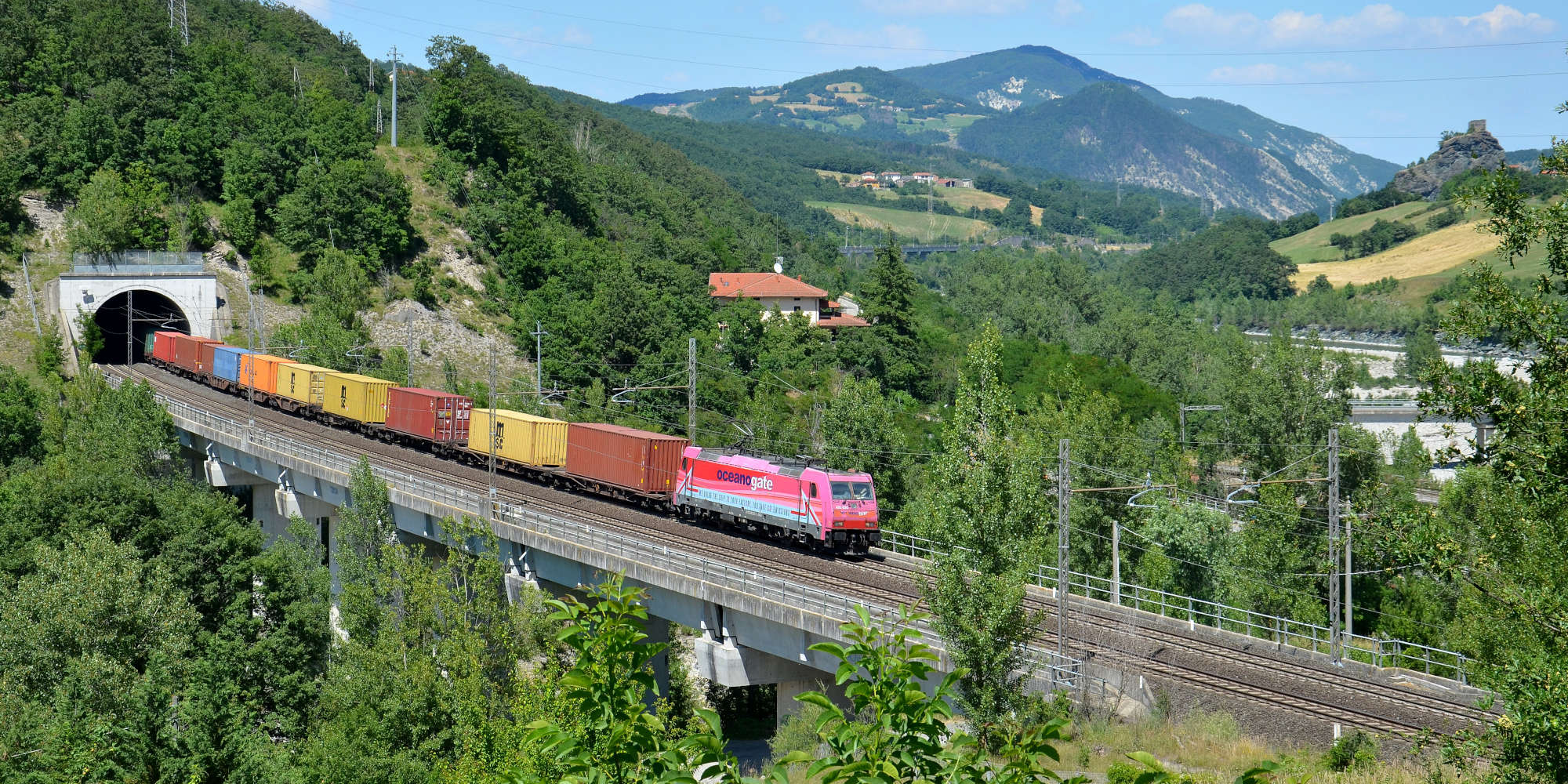We discussed with Dr. Beard about the effects of COVID-19 on global supply chains and intercontinental rail services, China-EU trades and reshoring. This interview is in two parts, here you can read the first part.
Rail freight volume is on the rise between Asia and China, to some extent, and Europe has really clicked up a tick or two. What are the main advantages of rail freight? And what are some of the challenges of the use of rail freight going forward?
It makes sense for rail freight and intermodal when moving over longer distances. Trucking is typically more efficient to move goods up to 200 or 300 kilometres. Over longer distances and when you have got volumes and markets where you have high loading points such as between the US West Coast and the Ohio Valley and in Europe between the main gateways in the hinterland. However, as mentioned earlier, intermodal requires consolidation of volumes, rather than the somewhat fragmented picture that has characterised PRC rail-freight development to date. COVID-19 has at least driven some growth in rail volumes, not least as shippers and 3PLs have struggled to secure air-freight uplift capacity out of China and have therefore switched mode.
How do you see the process of rail development between China and Europe speed up in light of the Green Deal?
China has some of the scale to support that with big players like COSCO bringing volume and connectivity. And the Chinese terminal operators are still keen to develop port facilities, which they are doing at pace right across southern Europe. The northern European gateways benefit from scale economies, historical ‘path dependency’ and high connectivity, however if we were starting from scratch, the more direct and environmentally sustainable route between Asia and Europe would be through the Southern European / Mediterranean gateways.
The amount of freight carried on the Rhine is vast, but of course, with the low levels of water, particularly in the last couple of years, there are opportunities for alternative routing options.
Container shipping and port development has been increasingly a game of scale; however, it will be interesting to see if the post COVID-19 era sees the liner shipping industry coming off its near obsession with mega vessels. This might also create opportunities for smaller gateway ports as opposed to continually concentrating activity in ever large gateways and hubs.
Would you like to give any advice on infrastructure - what would be the best scenario in terms of infrastructure development to boost that Asia European trade?
I think the main concern is not just about physical infrastructure, but the soft infrastructure. Europe and Asia have made a fair bit of progress on standardization. One of the challenges with cross border rail freight, for example, is that is has a wide range of different regulations. There is also a greater need to have better transparency around subsidies, and ideally lower subsidies such that routing choices are increasingly driven by market forces, but with a proper accounting for environmental costs.
The other big-ticket item is digitalization. This also requires standardisation and ‘trust’, but there is a huge potential around digital trade community systems or digital smart port ecosystems, and the creation of more frictionless and transparent trade.
This interview is divided in two parts, here you can read the first part.


 Dr. Jonathan Beard is an Infrastructure Advisory Partner at EY, based in Hong Kong.
A veteran with 20+ years’ industry experience, his expertise covers strategic master-plans, feasibility studies, national blueprints, M&As, PPPs, competition and regulation. Jonathan has advised on transportation policy and related infrastructure development in over 25 countries, and directed the master-planning for some of the world’s largest and most successful ports.
Jonathan holds a BA, MA and PhD from Cambridge University, and is a Certified Management Consultant, a former President of the Hong Kong Institute of Management Consultants and Director of the Hong Kong Management Consultancies Association.
Dr. Jonathan Beard is an Infrastructure Advisory Partner at EY, based in Hong Kong.
A veteran with 20+ years’ industry experience, his expertise covers strategic master-plans, feasibility studies, national blueprints, M&As, PPPs, competition and regulation. Jonathan has advised on transportation policy and related infrastructure development in over 25 countries, and directed the master-planning for some of the world’s largest and most successful ports.
Jonathan holds a BA, MA and PhD from Cambridge University, and is a Certified Management Consultant, a former President of the Hong Kong Institute of Management Consultants and Director of the Hong Kong Management Consultancies Association.
.jpg)